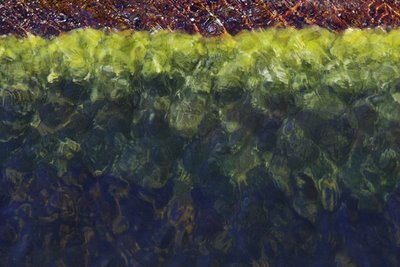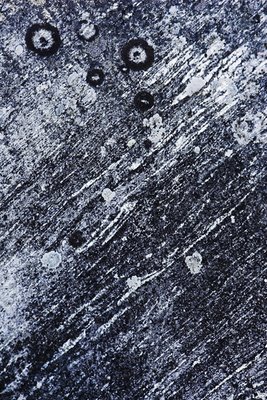Reflections 'On how the golden ratio smells'
 Richard Dawkins, famous for writing 'The selfish gene' , is the reason for today's entry in my blog. A few years ago I read his book (2nd edition), which fascinated and inspired me very much, and it probably has affected the way I think about many things (hopefully in a positive way!).
Richard Dawkins, famous for writing 'The selfish gene' , is the reason for today's entry in my blog. A few years ago I read his book (2nd edition), which fascinated and inspired me very much, and it probably has affected the way I think about many things (hopefully in a positive way!).Today I saw his TEDtalk on the web. He talks about how our scale in the universe causes our brain to map our reality in a manner that then becomes intuitive for us.
He talks about how he believes that bats might hear in color, and that for bats different sounds/echoes from different surfaces might create an impression of a certain color in their brain the same way as we perceive light of different wavelengths as different colors. The same idea could as well apply to how dogs smell and how they might smell different colors. For a longer and more detailed explanation of these ideas and theories, please have a look at the videoclip linked above.

Well, I immediately started thinking about how our human perception of colors and form has evolved from a mechanism for navigation and survival to a way of creating by manipulating color and form using techniques we call art - photography being one example. This raised a few questions in me.
What would art look like if what we perceive as green looked like red?
Would things, places or pictures of nature that we feel relax us be felt differently?
Are the colors that a dog smells arranged in some sort of visual two dimensional or three dimensional form that also create shapes?
In these shapes, does the golden ratio smell better than other ratios?
I don't believe answering these questions is of any direct interest for photography, or biology (I'll leave that to Richard Dawkins to figure out!), but they might lead to new ways of approaching photography or new ways of experimenting with colors or just spark a bit of new creative energy.
0 Comments:
Post a Comment
Links to this post:
Create a Link
<< Home